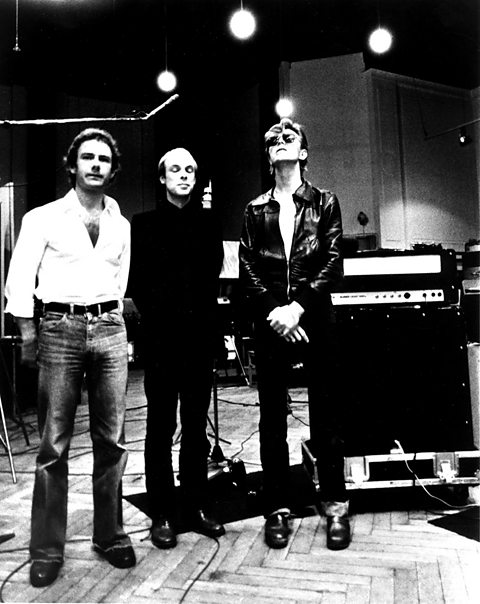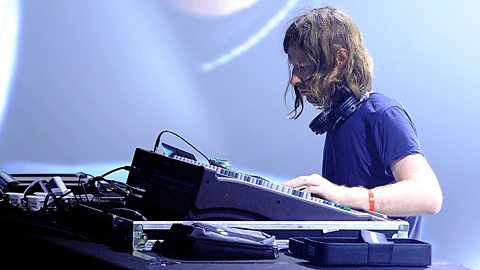Developments in music technology

In the 1960s and 1970s, notably in the USA and across Europe, composers with backgrounds in тseriousт and popular music brought what had been a niche avant gardeTerm used to describe experimental or innovative music considered to be ahead of its time. musical form to a wider audience. The developments were originally achieved using reel to reel tape recorders, but these methods can now be replicated using computer sequencing and audio-editing software.
In the USA, experimental composers such as John Cage and Steve Reich were exploring ways of working with tape loops in musical composition. Tape loops of differing length would be played repeatedly on a series of tape recorders with contrasting textures created as the tapes change time cycle. Reich would often use recordings of snippets of speech as his source musical material.
In the 1970s, musician Brian Eno worked in a similar manner. He also collaborated with rock guitarist Robert Fripp on live performance work including the use of repeated tape loops. Tape recording technology was also used to alter and combine sounds in other ways. The Beatles reversed sounds on some of their recordings to add unusual effects. They would also create musical collages by combining sound recordings from a variety of sources in innovative ways.
More recent composers have taken these ideas and reworked them, using computers rather than tape recorders. Key figures include Aphex Twin and Radio Boy.

Starbucks т Radio Boy
Itтs Gonna Rain т Steve Reich
Warszawa т Bowie/Eno
Discreet Music т Brian Eno
Other examples worth listening to include Tomorrow Never Knows and Revolution 9 by The Beatles, Rozard Mix by John Cage and No Pussyfooting by Fripp and Eno.